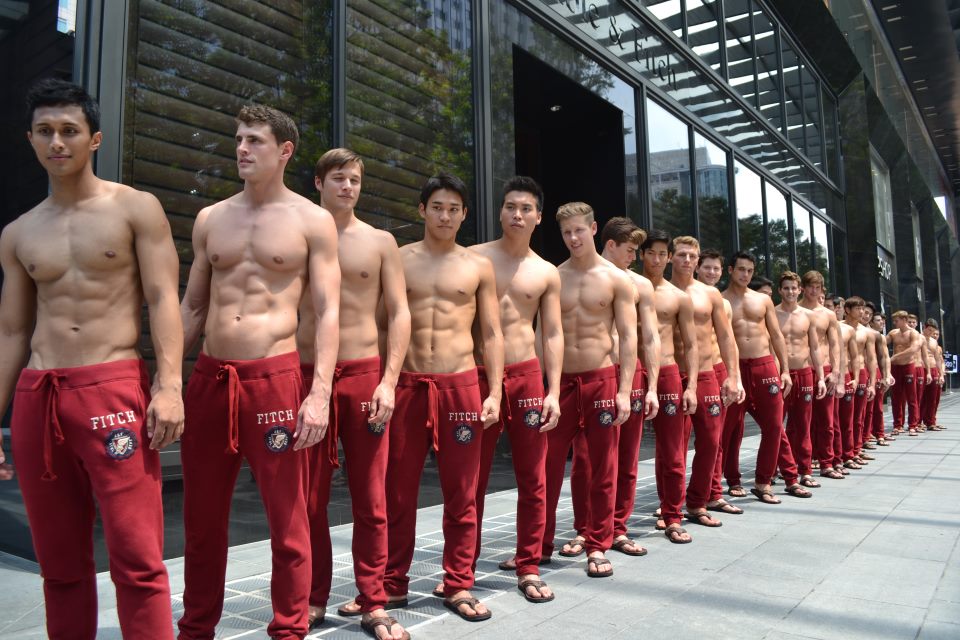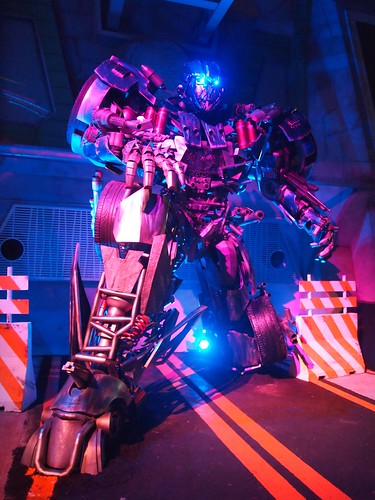On a recent visit to Takashimaya Shopping Centre for Christmas shopping, my family visited their highly popular basement food mall area looking for gift ideas.
Amidst the festive air, I noticed that there were many stalls offering gourmet food items for sale where the delectable pastries and candies were made ‘live’ by chefs.









